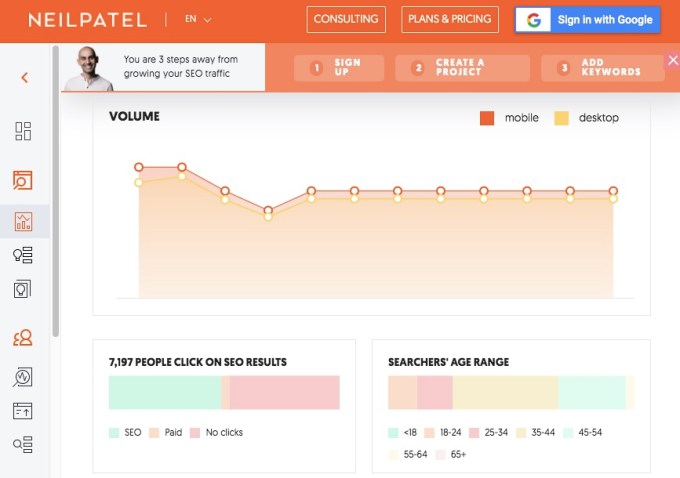Even when you’re excellent at making the sale, you still need people to know you exist in the first place.
Content is excellent at making the case for your product or service, but it also excels at providing value to potential customers in a more tangential way, introducing them to your brand and building awareness and authority.
Here’s how utilizing content marketing and digital PR can make huge strides in getting your brand name out there.
Ranking on-site content for awareness keywords
When on-site content you created ranks well in the search engine results pages (SERPs), that doesn’t just mean you get more traffic (although that’s certainly a major benefit).
You’re also getting your brand name in front of searchers because you’re appearing in the results. You’re building authority because Google appears to believe you have the best answer for their query. You’re giving the searcher and answer to their question and beginning to build trust.
So how do you know which keywords/topics to target and what kind of content to create? You perform keyword research, which basically means examining what keywords people are searching for, how many people search for them per month and how hard it’ll be to rank for them.
Google Ads Keyword Planner provides this information, but you can also use Chrome plugins like Keywords Everywhere and Keyword Surfer or free tools like Ubersuggest.

Image Credits: Ubersuggest (opens in a new window)
When your goal is to build awareness, it’s important that the keywords and topics you target have high volume. In other words, they’re searched a lot. Awareness objectives mean reaching as many people as possible so more people know that your brand exists and begin to understand what it’s about.
from TechCrunch https://ift.tt/3kRI74g
via IFTTT
Comments
Post a Comment